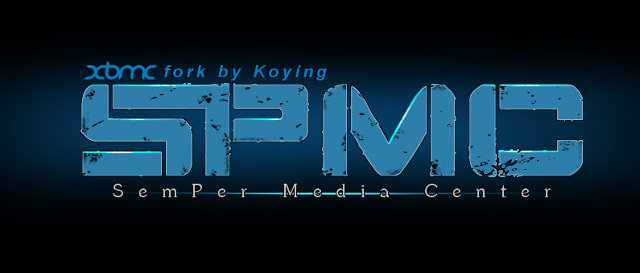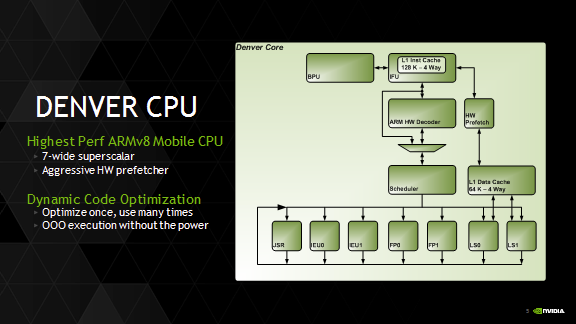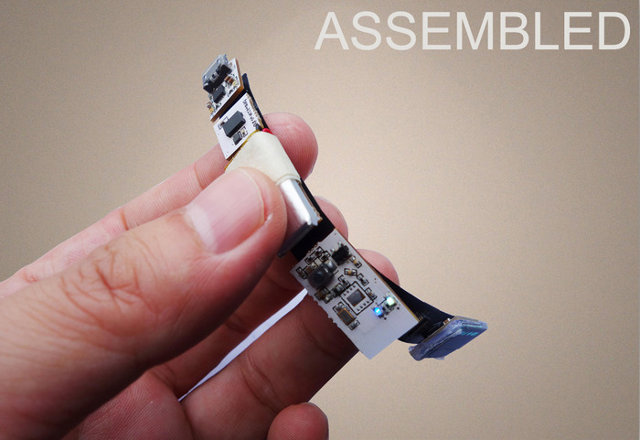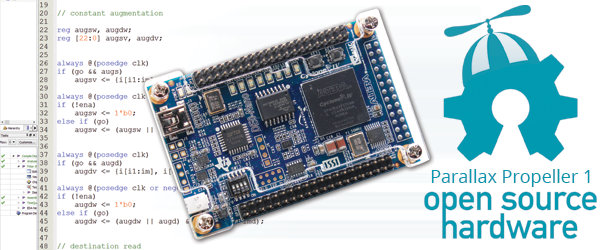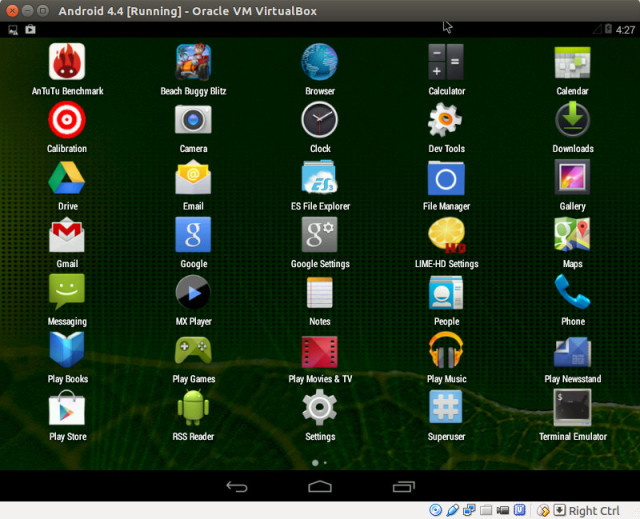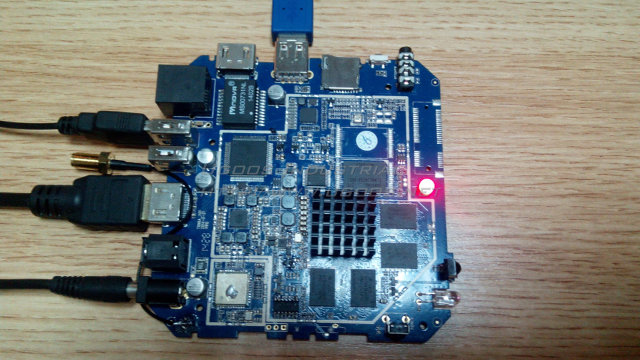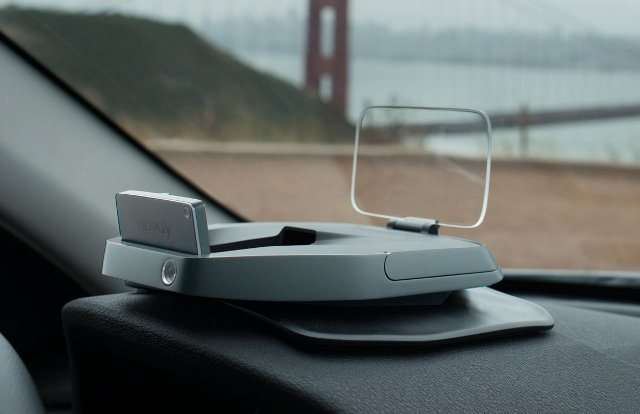XBMC 13, released a few months ago, is the first official release to support hardware video decoding on many ARM based Android devices. However, although both XBMC Android apks for ARM and x86 can be downloaded from xbmc.org, Team-XBMC have decided not to publish XBMC for Android on app stores such as Google Play, partially because video hardware decoding is not yet fully working on all popular Android SoC platforms and devices, but also because of the upcoming name change from XBMC to Kodi. Since the code is open source under GPLv2, anybody can build it, and somebody published XBMC on Android as a paid app, which would have been legal if they changed the name, but as they used XBMC trademark, it has been removed since then. Seeing this, Chris Browet (Koying), one of XBMC developer, decided to fork XBMC, apply some patches not yet approved in mainline XBMC, […]
More Technical Details & Benchmarks about Nvidia Tegra K1 “Denver” 64-bit ARM SoC
The 32-bit version of Nvidia Tegra K1 have generally received good reviews in terms of performance, especially GPU performance, and the company has also provided good developer’s documentation and Linux support, including open source drivers for the Kepler GPU (GK20A) found in the SoC. But as initially announced, Tegra K1 with also get a 64-bit ARM version codenamed “Denver”, and Nvidia provided more details at Hotchips conference. The 64-bit Tegra K1 will still feature a 192-core Kepler GPU, but replace the four ARM Cortex A15 cores found in the 32-bit version, by two ARMv8 “Project Denver” cores custom-designed by Nvidia. The multi-core performance of the dual core 64-bit Tegra K1 @ 2.5 GHz may end up being equivalent to the quad core 32-bit Tegra K1 @ 2.1 GHz, but the single core performance will be much better thanks to a a 7-way superscalar microarchitecture (vs 3-way for Cortex A15), as […]
Vigekwear is a Modularized, Open source, Wearable BLE Development Kit (Crowdfunding)
[Update: Atomwear has been renamed to Vigekwear due to (Intel’s) copyrights infringement]. Giayee is a company mainly manufacturing Android tablets, thin clients, and mini PCs, but their latest product, called Atomwear, is a Bluetooth Low Energy (BLE) development kit based on Nordic nRF51822 chipset that comes with various modules such as battery charger, accelerometer, gyroscope, OLED display, heart rate monitor, etc… which connect together via 24-pin connector on a standard rigid baseboard or a flexible printed circuit (FPC). All modules are connected via the same 24-pin connector with power, I2C, SPI, UART, ADC, and GPIOs signals. The baseboard and FPC both contain 6 such connectors connected in parallel for up to 6 modules, and two baseboard can be connected together via a bridge circuit to accept more modules. The minimum configuration is with a BLE MCU module, and a power module. The different boards and modules are listed as follows: […]
How to Root Rockchip RK3288 Devices
As Rockchip RK3288 based tablets and TV boxes are slowly starting to reach end-users, it may be a good time to post instructions showing how to root your Android device. Geekbuying has just published a guide to root RK3288 tablets and media players. The instructions below require a PC or Virtual Machine running Windows XP/7/8, but hopefully instructions to root under Linux similar the ones for RK3066/RK3188 will surface soon. Install Rockchip USB drivers by downloading the latest DriverAssistant which adds support for Rockchip RK3288. Simply extract the files and click on DriverInstall.exe to complete the installation. Download the latest version of VRoot tools. and basically follow the same instructions as for Amlogic S802 root which I’ll summarize below. Make sure USB debugging is enabled in your device (Settings->Developer Options->USB Debug) Connect your RK3288 device to your PC via a USB cable. (OTG port) Start VRoot. It should detect your […]
Parallax Propeller 1 P8X32A Open Source Multi-core MCU
Lots of electronics devices are now powered by open source software such as Linux, open source hardware is not as wide-spread, but gaining tracking traction thanks to the like of Arduino, Beagleboard.org, Olimex, and many projects on crowdfunding websites, and now we even start seeing some open source silicon. Existing open source processors include LEON3 (SparkV8) MCU, OpenRisc, and just very recently, LowRISC, based on 64-bit RISC-V instruction set architecture, has been announced with the backing of some of Raspberry Pi co-founders, Google ATAP, etc… and is currently being developed at the University of Cambridge, UK. Parallax Propeller 1 P8X32A is another MCU which has been open sourced last week. Propeller 1 P8X32A had however been released in April 2006, and can be sourced as a 40-pin DIP chip for prototyping, and 44-pin QFP and QFN for production, and come with the following key features: Power Requirements: 3.3 VDC […]
Android-x86 4.4 Stable Released for x86 Computers, Laptops, Netbooks…
There are several methods to run Android in an x86 computer or laptop, but Android-x86 could be one of the best to do that, and the developers have just released the first stable release for Android-x86 4.4 Kitkat. This release includes support for OpenGL ES hardware acceleration for AMD Radeon and Intel graphics, ffmpeg integration to support HD video playback in apps, and more. The file to download is android-x86-4.4-r1.iso, which you can then install on a USB flash drive:
|
1 |
sudo dd if=android-x86-4.4-r1.iso of=/dev/sdX |
where /dev/sdX is the device name of your usb drive. If you are a Windows users you can use Win32DiskImager utility instead. Android should then boot from USB, and you can decide to run it from USB or install it on you hard drive. I haven’t done this, but instead, I’ve created a new Linux 32-bit virtual machine in VirtualBox without internal storage to try it out quickly in […]
Rockchip RK3288 Temperature Testing and Antutu Benchmarks
There are many upcoming Rockchip RK3288 based devices, and in the listing the CPU frequency varies from 1.6 GHz to 2.0 Ghz. so it’s difficult to know exactly what to expect. Ugoos has done some testing with their UT3 board measuring temperature after Antutu benchmark for different CPU clock frequencies and fan/fanless combinations. The board comes with a rather tiny heatsink which may explain some of the results below. They also added a small fan on top in about half the tests to compare the temperature against an heatsink only solution. Without further delays let’s go through the results: Frequency Antutu Score Temperature (heatsink) Temperature (Back of PCB) Heatsink only Heatsink + fan Heatsink only Heatsink + fan 1.608 GHz 38655 67 °C N/A 70 °C N/A 1.704 GHz 39853 72 °C 50 °C 75 °C 60 °C 1.800 GHz 41440 83 °C 52 °C 85 °C 62 °C 1.920 […]
Navdy is an Android Head Up Display for your Car Controlled by Voice and Gestures
Following up on yesterday’s Android rear view mirrors (ARVM), where I and others mentioned safety of such devices in comments, it has been brought to my attention that there’s a possibly safer alternative with Navdy, a 5.1″ Head-Up Display (HUD) running Android 4.4, that’s placed right in front of your eyes on the top of the dashboard, and coming with both common and different features compared to ARVM. Navdy’s preliminary specifications: Processor – Unnamed dual core processor System Memory – N/A Storage – N/A Display – 5.1″ wide transparent Head-Up Display (HUD) with high quality projector Camera – IR camera for touchless gesture control Connectivity – WiFi (802.11 b/g/n), Bluetooth 4.0/LE Sensors – Accelerometer, e-compass, ambient light sensor Audio – Via Bluetooth or 3.5mm minijack mini-USB port, Internal speaker and microphone with noise canceling DSP Data / Power interface – OBD-II power and data connection to car computer, with optional […]


